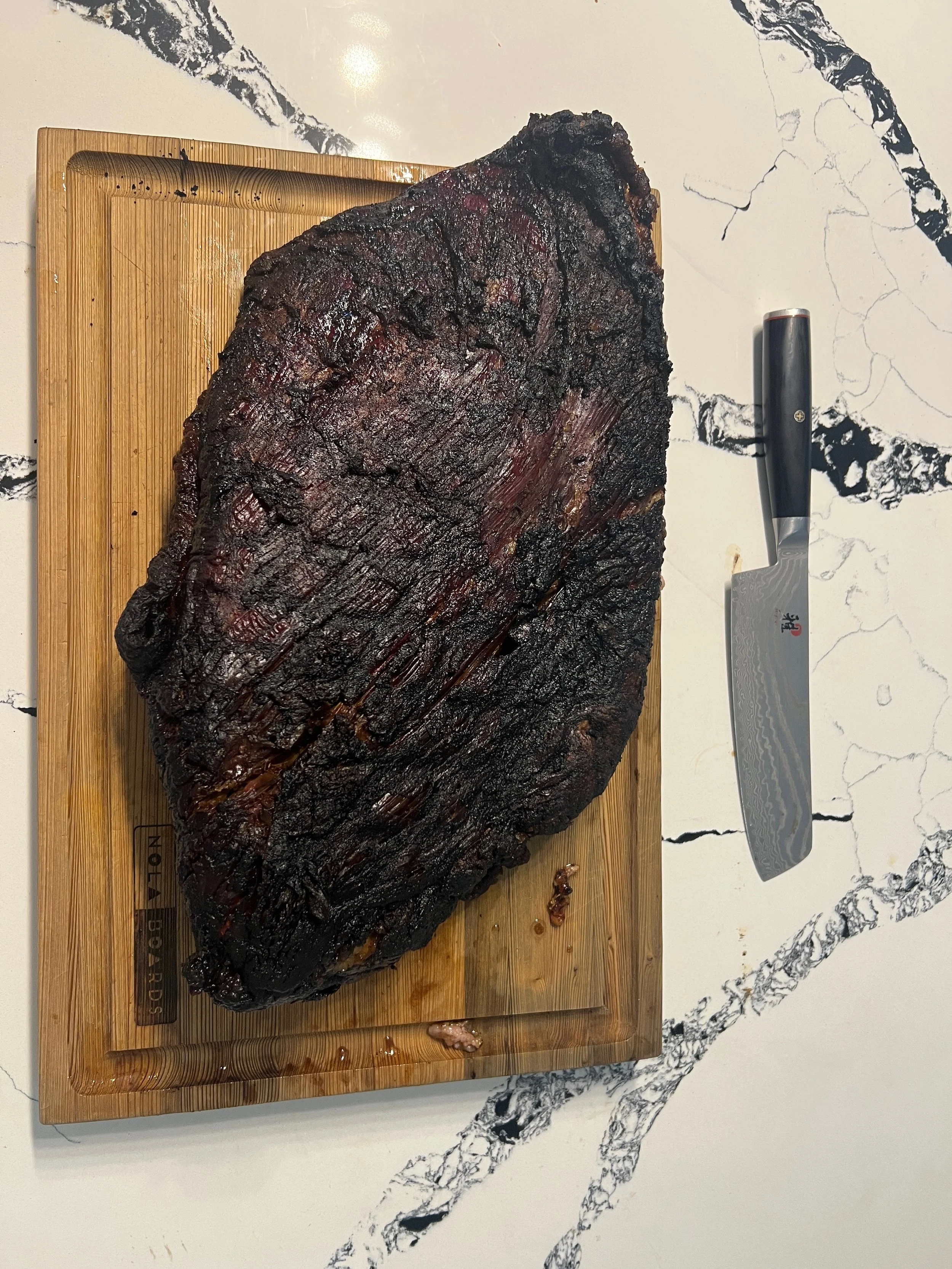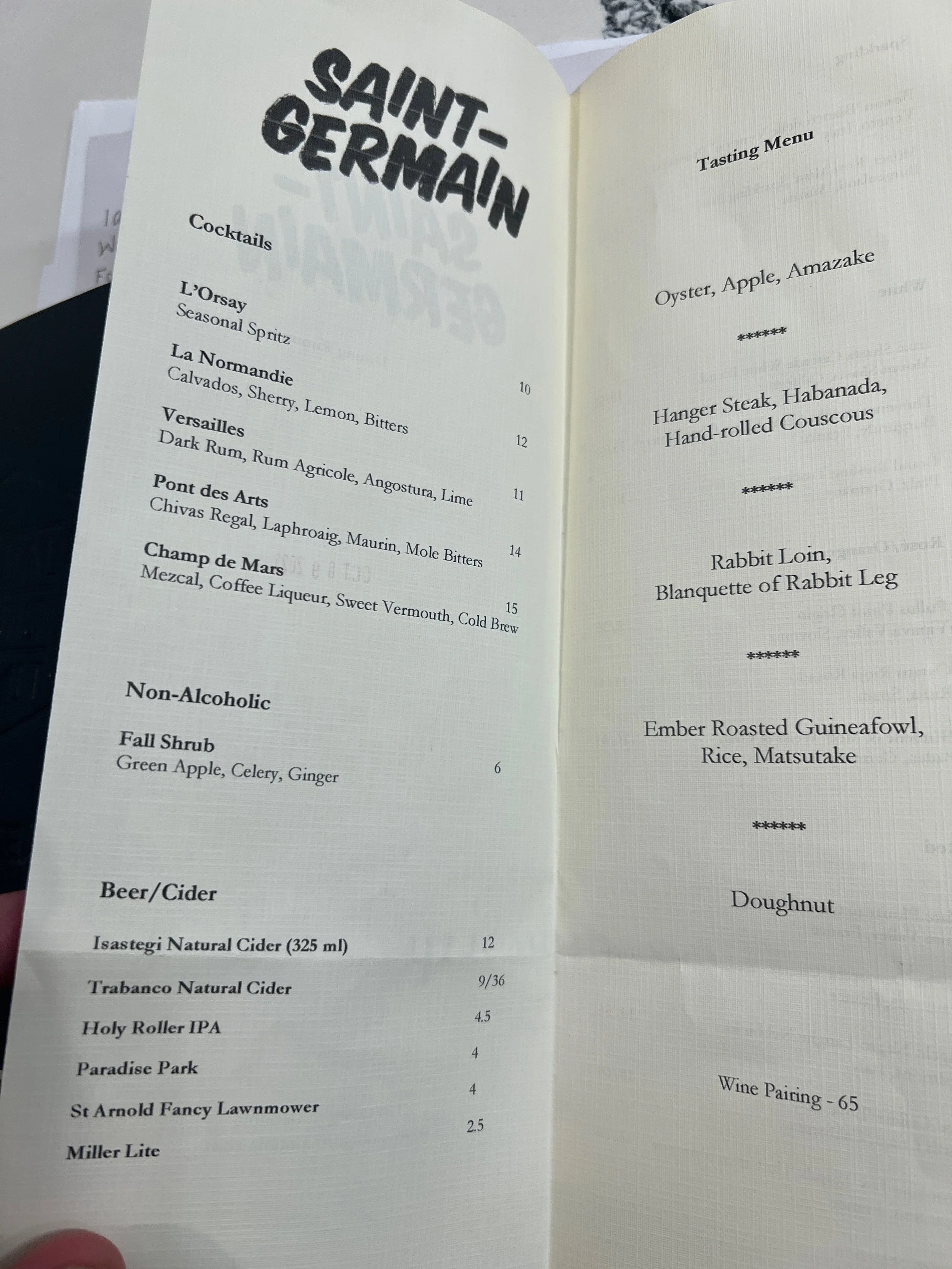Making Fondant Potatoes
I’ve always heard whispers of fondant potatoes in cooking circles—crisp exteriors, creamy centers, and that luxurious, buttery mouthfeel. The name alone suggests a certain decadence. Recently, I decided to give them a try for a midweek dinner. Was it a bit fussy? Absolutely. Was it worth it? One hundred percent yes.
The Allure of Fondant Potatoes
Fondant potatoes get their name from their melt-in-your-mouth texture. Essentially, you sear thick cylinders of potato until they’re golden, then braise them in stock and butter. The result is a potato that’s half crispy roast, half creamy mash, and entirely delicious.
Yet, these aren’t your typical “chop, toss in oil, and roast” kind of potatoes. They require:
Careful Shaping – You peel the potatoes into roughly even cylinders or hexagonal shapes.
Initial Sear – A hot skillet, some butter or oil, and a patient, steady browning on each side.
Gentle Braise – A flavorful stock, plus a few herbs (sage or thyme are lovely) to finish cooking them to perfection.
It’s this combination of steps that gives them their incredible texture—but also means they demand a bit more hands-on time than you might prefer on a busy Wednesday. That said, once you taste them, it’s easy to understand why they’re a favorite on special-occasion menus.
The Process
Here’s a rough snapshot of how my evening in the kitchen went:
Prepping the Potatoes
I peeled several medium-sized Yukon Golds, though Russets can also work.
Trimmed the edges to create flat, somewhat uniform cylinders. (They won’t be perfect, but aim for consistent thickness.)
Searing
Heated a cast-iron skillet with a generous knob of butter. (Yes, butter is key here—it’s part of the indulgence!)
Placed the potatoes in carefully, ensuring each side got a golden crust.
Threw in a few sage leaves for extra flavor and aroma. They crackle delightfully in the butter!
Braising
Once both flat surfaces were nicely browned, I poured in enough chicken or vegetable stock to come about halfway up the potatoes.
Added a sprinkle of salt, pepper, and a little more fresh sage or thyme.
Transferred the skillet to the oven to finish cooking until the potatoes were tender inside (about 20–30 minutes).
Finishing Touches
Gently removed the potatoes from the skillet, letting any excess butter and stock drip away.
Plated them with a drizzle of the remaining sauce, then admired how golden-brown they looked—like something out of a fancy restaurant.
Why They’re “Fussy”
Time & Attention: You can’t just pop these in the oven and walk away. You need to sear carefully, then braise, then flip or baste if needed.
Pan Space: You want enough room to brown each potato piece properly. Overcrowding the skillet can lead to steaming instead of searing.
Shaping: Getting the potatoes into uniform cylinders takes a little practice (and patience).
However, every extra minute you spend is rewarded by that first bite—crisp on the outside, creamy within, and infused with rich, buttery stock.
Tips for a Smoother Weeknight Experience
Prep in Advance: Peel and shape the potatoes earlier in the day, storing them in cold water in the fridge.
Use a Thermometer: If you’re worried about doneness, check the internal temp (around 200°F/93°C is typically tender for potatoes).
Keep the Oven Hot: A 400°F (200°C) oven helps speed along the braising.
Batch Cook: If you’re making a bigger batch, do two skillets or brown them in stages so each piece gets proper searing space.
Final Thoughts
Yes, fondant potatoes require a bit more time and care than your usual weeknight sides. But there’s something deeply satisfying about turning simple spuds into a show-stopping centerpiece. The crispy edges, the herb-infused buttery finish, and that luxurious texture all make the extra effort worthwhile. So if you’re looking to treat yourself midweek—or you have guests you want to impress—fondant potatoes are a sure bet.
Give them a try, even if it means you spend a few more minutes in the kitchen. Sometimes, a little fuss is exactly what we need to make an ordinary meal feel extraordinary. Enjoy!






